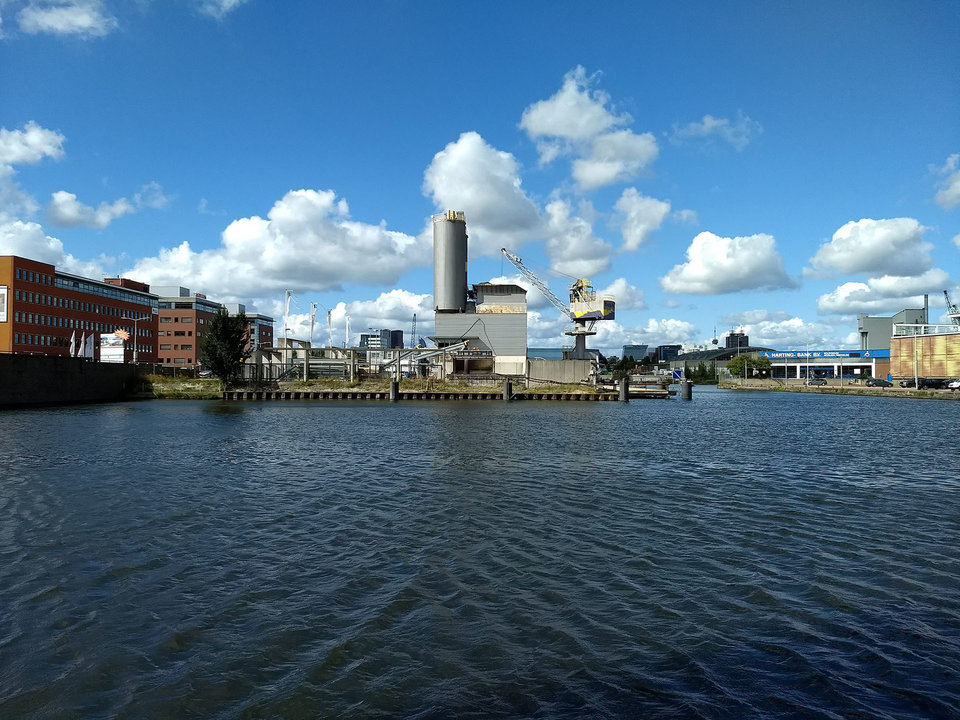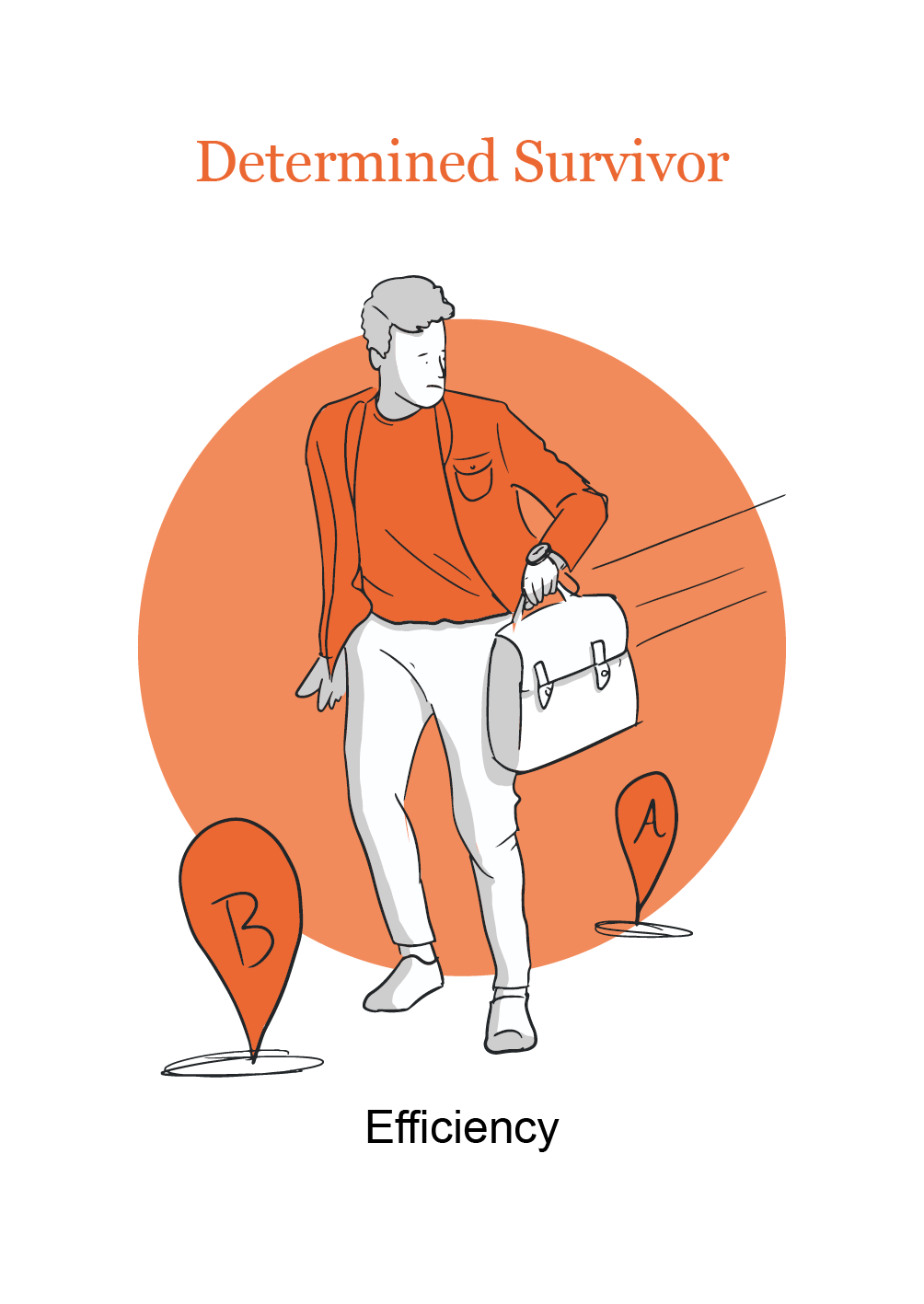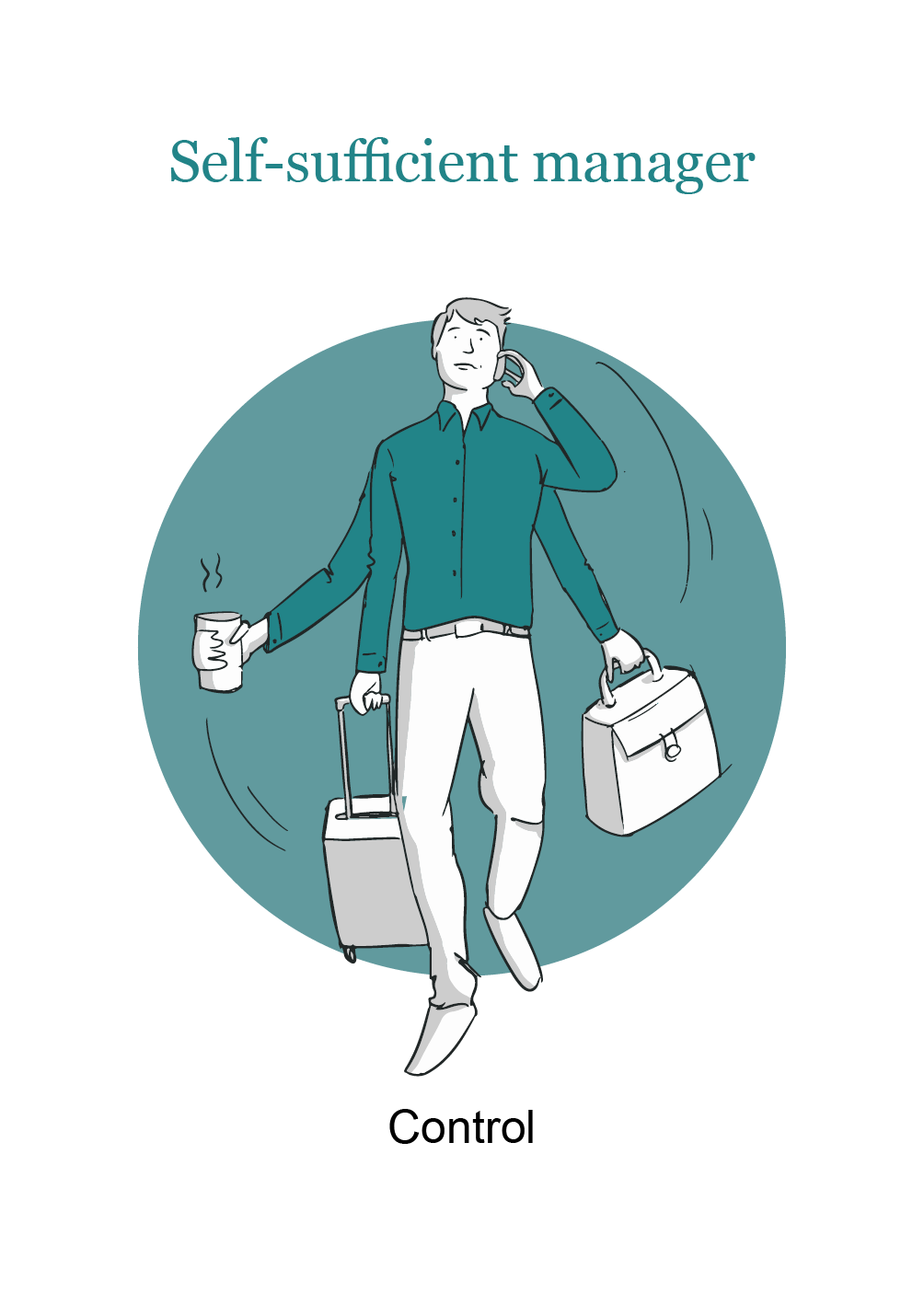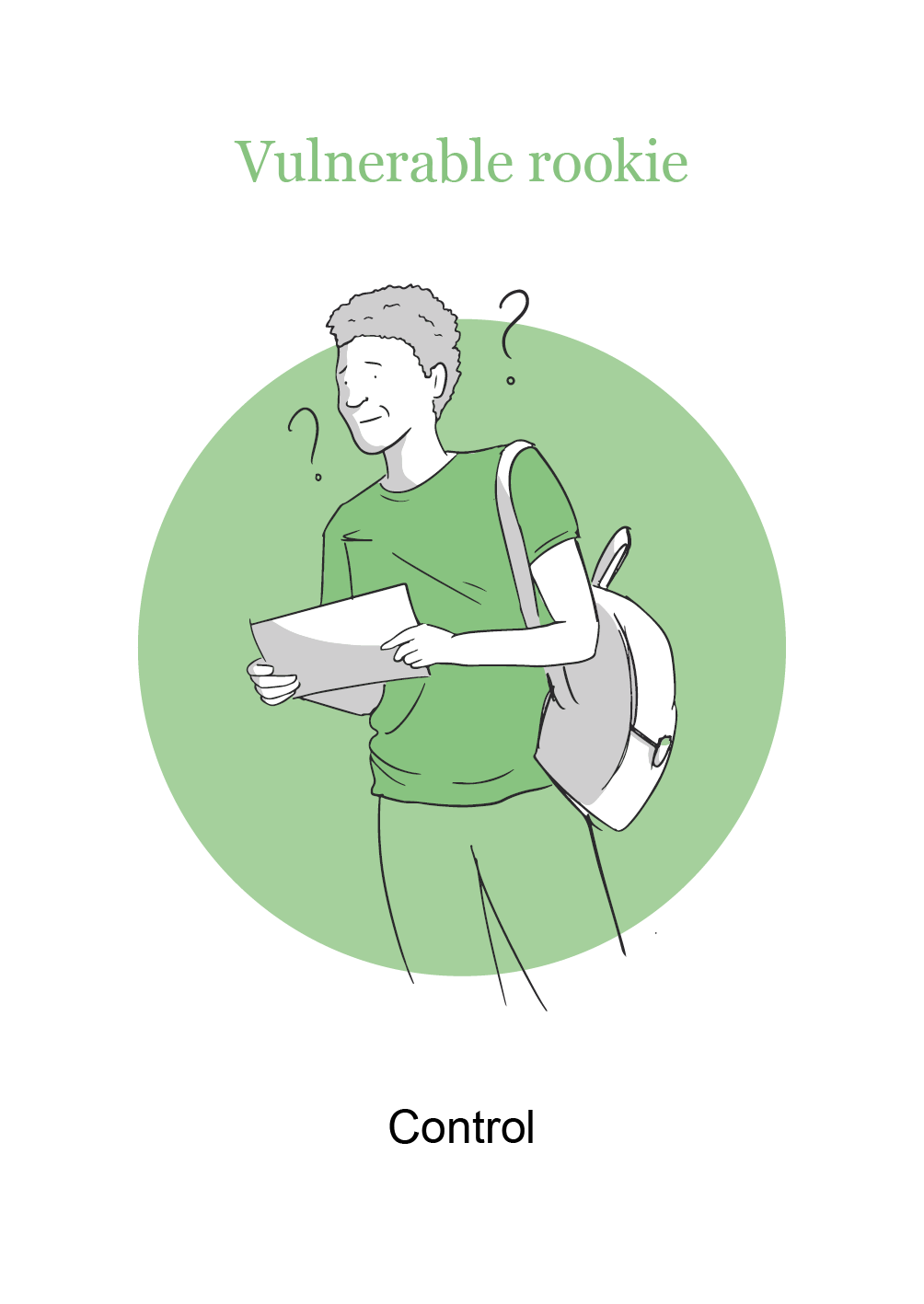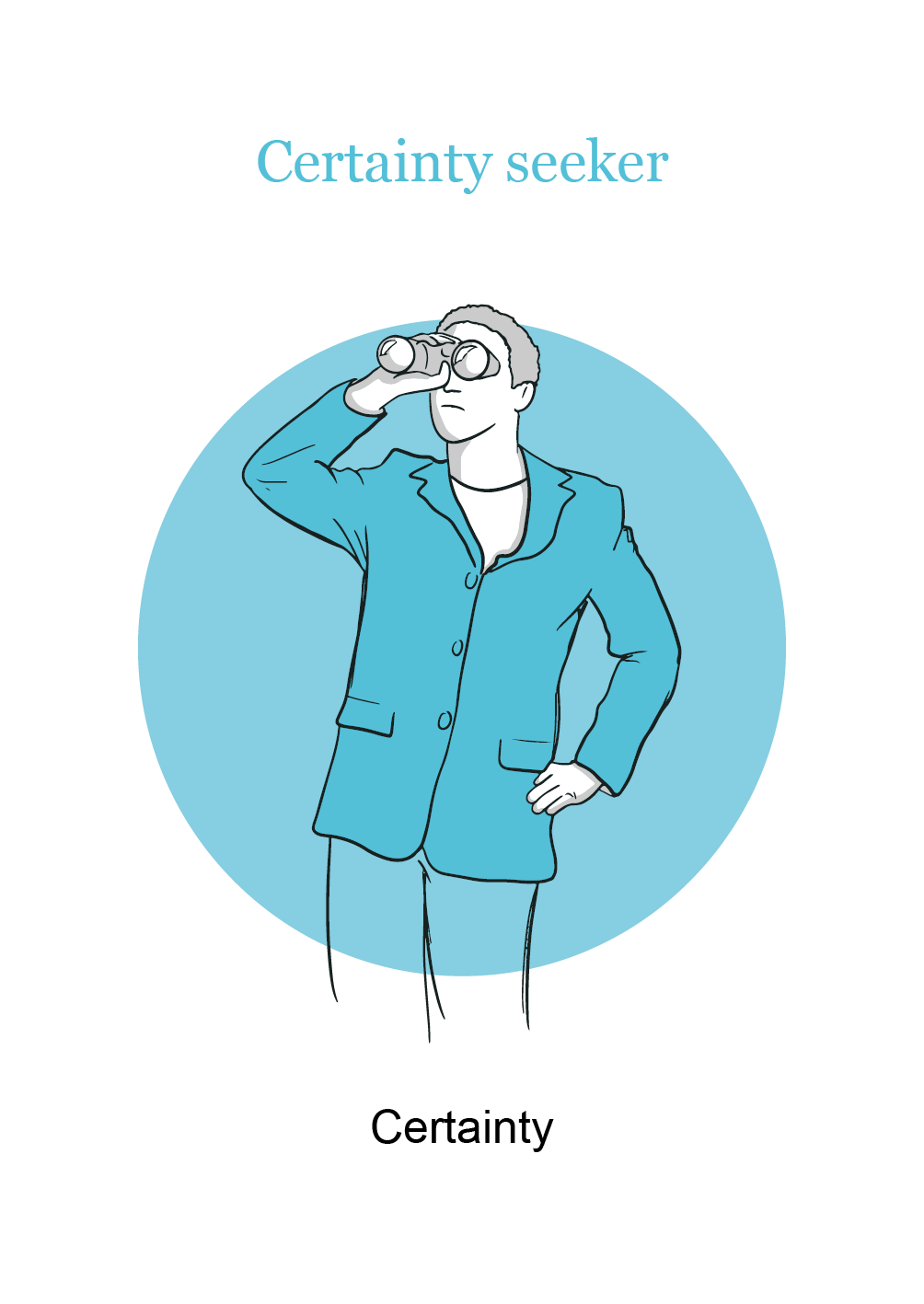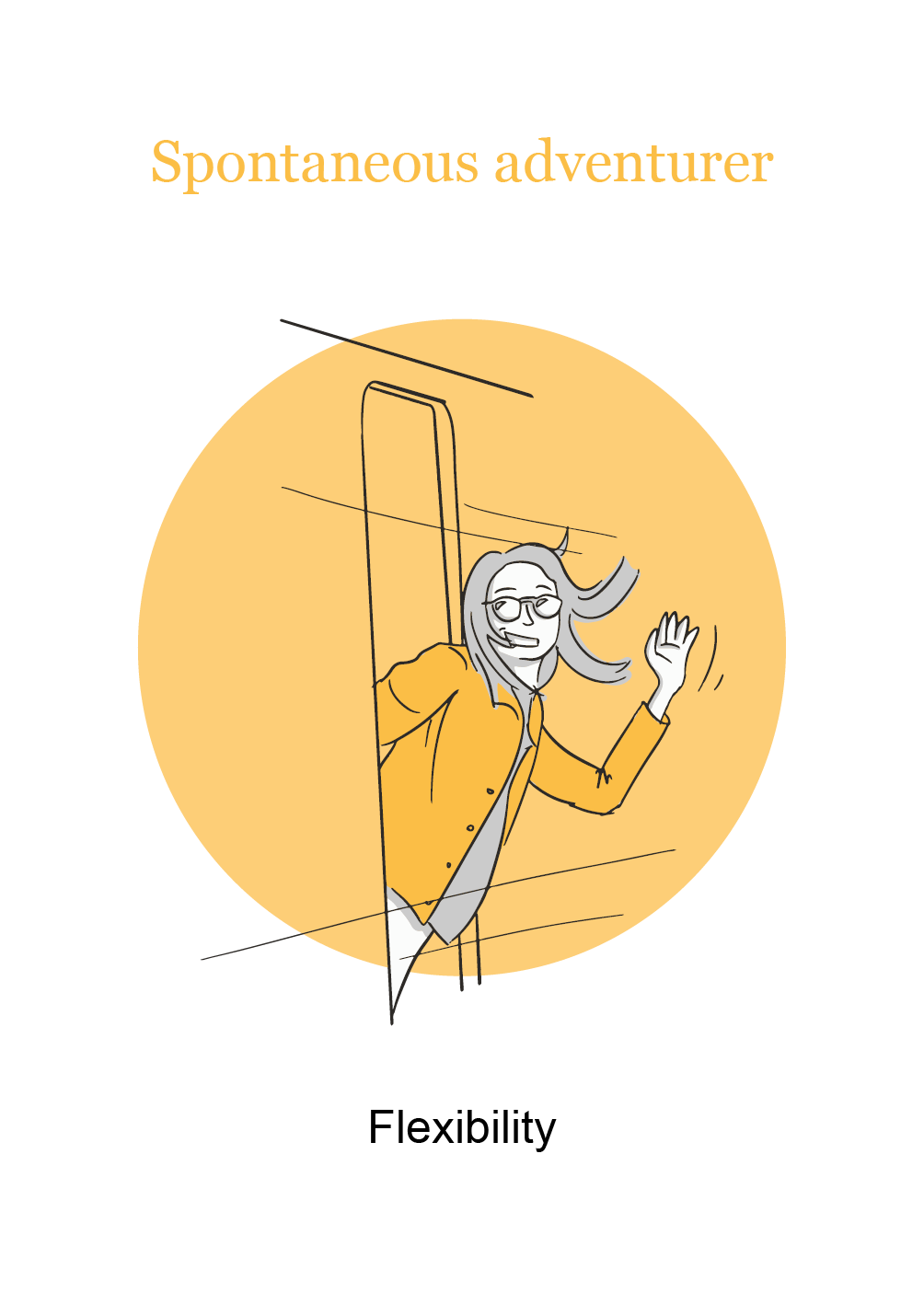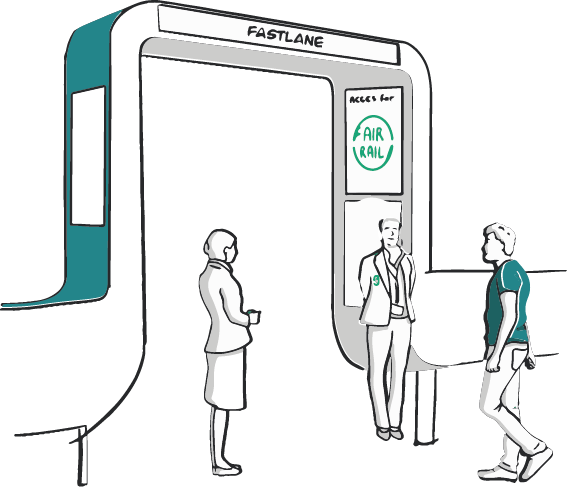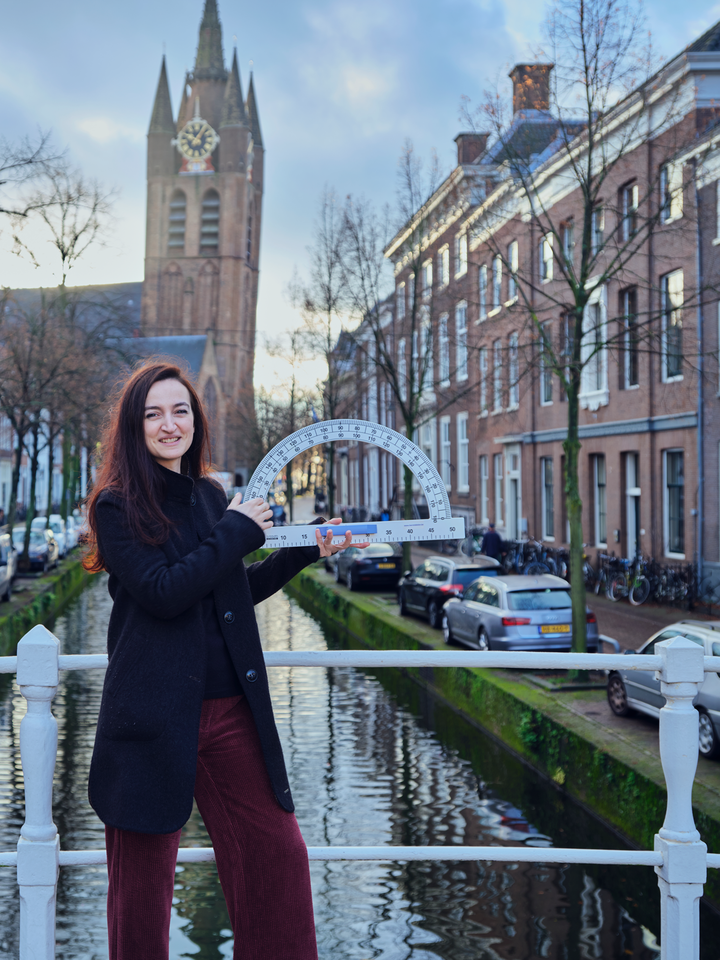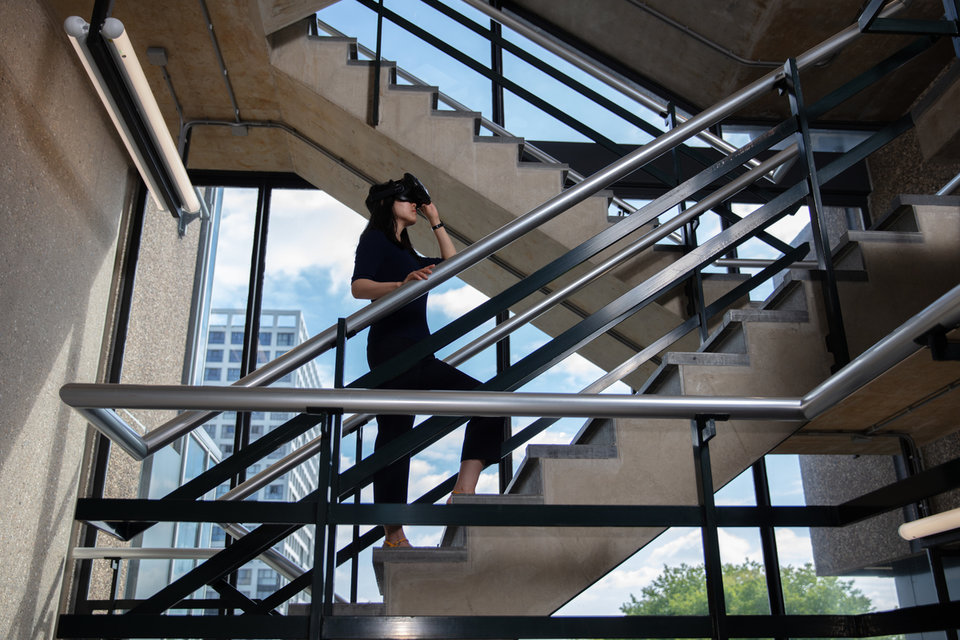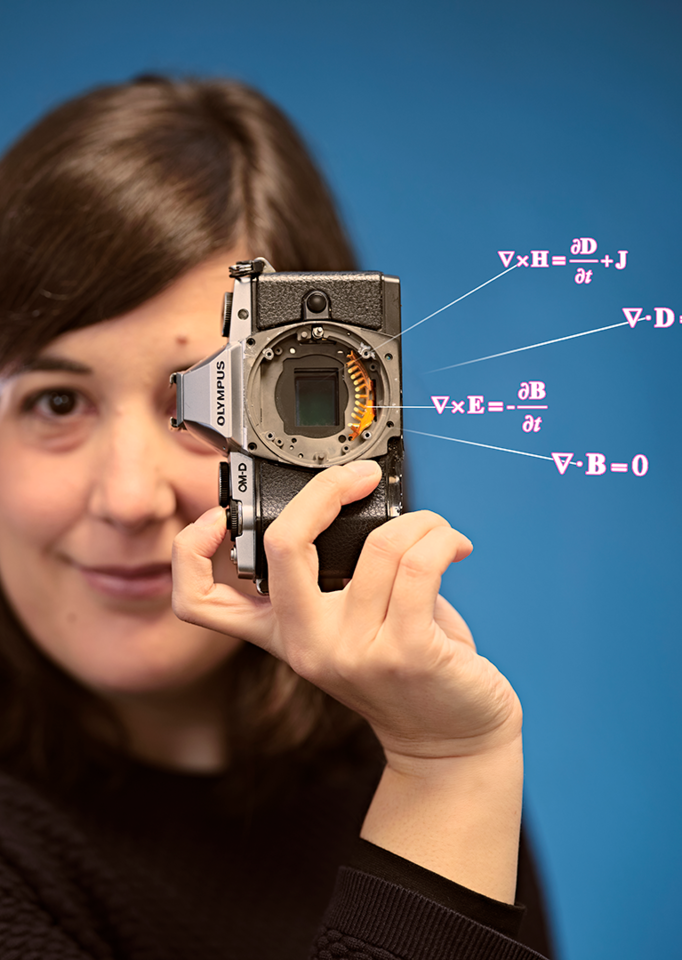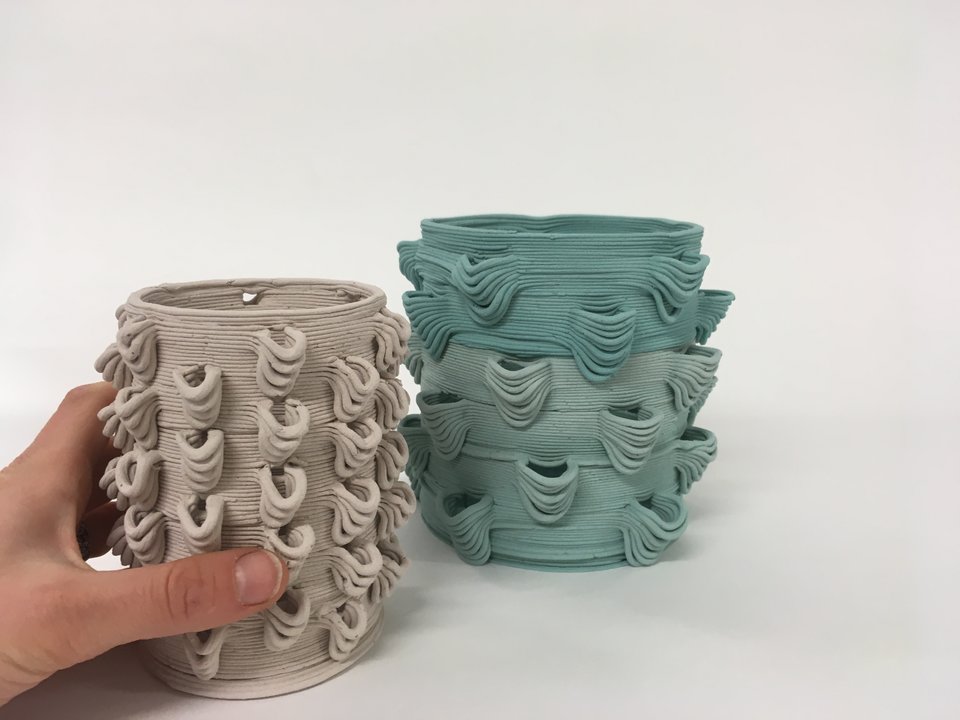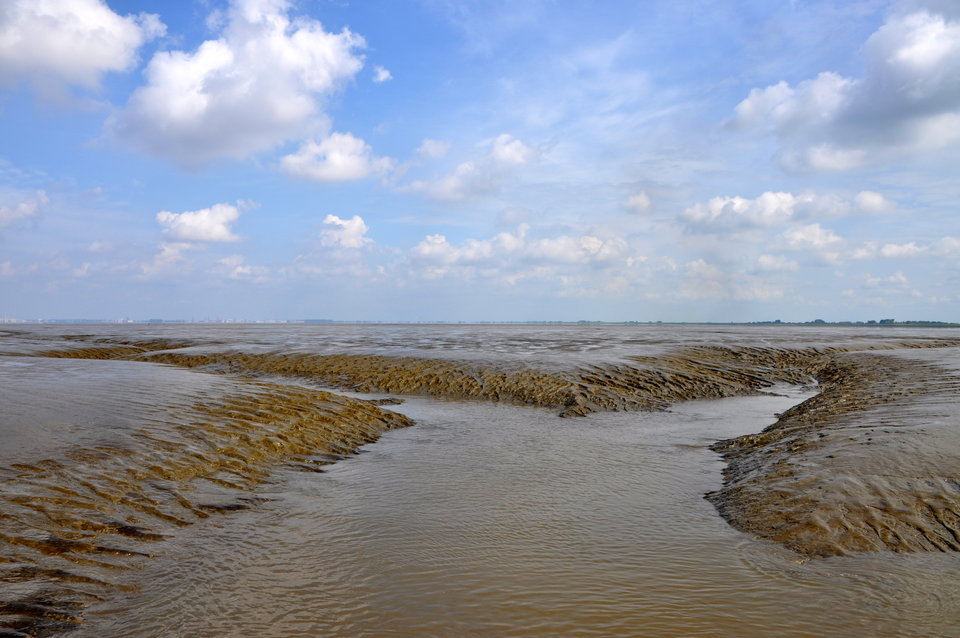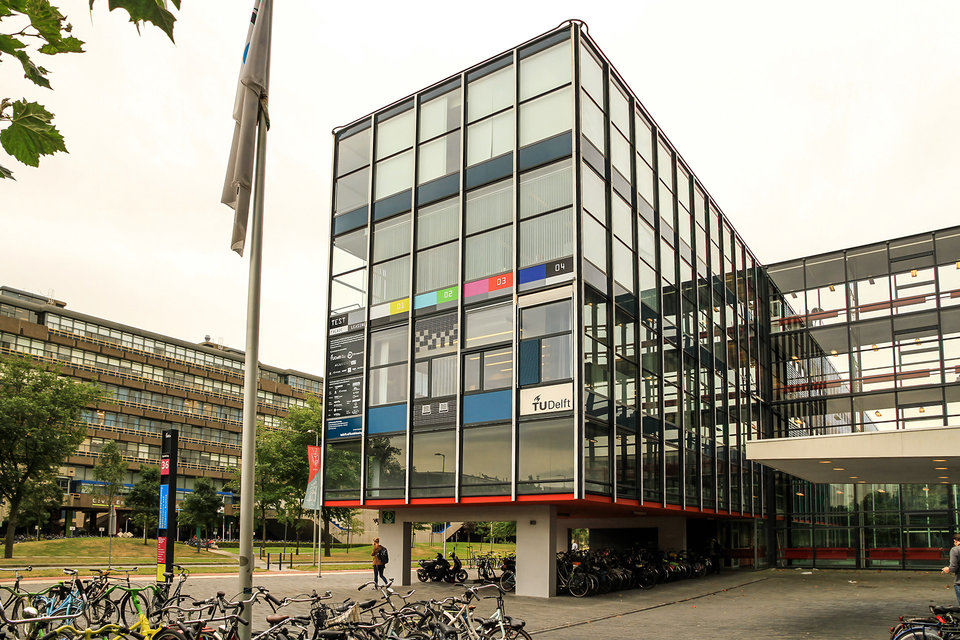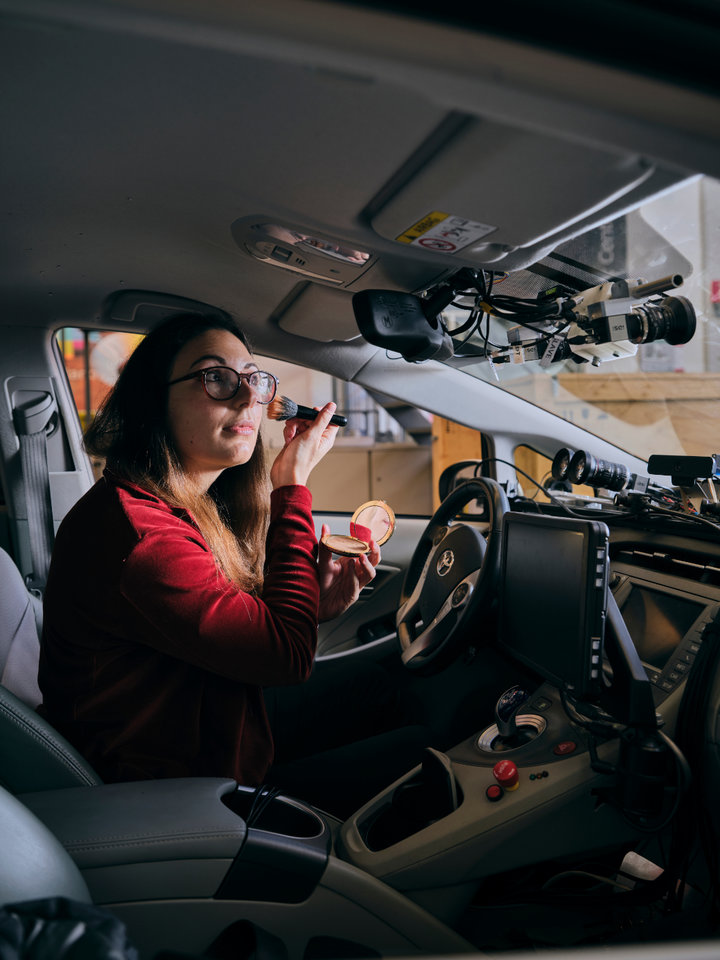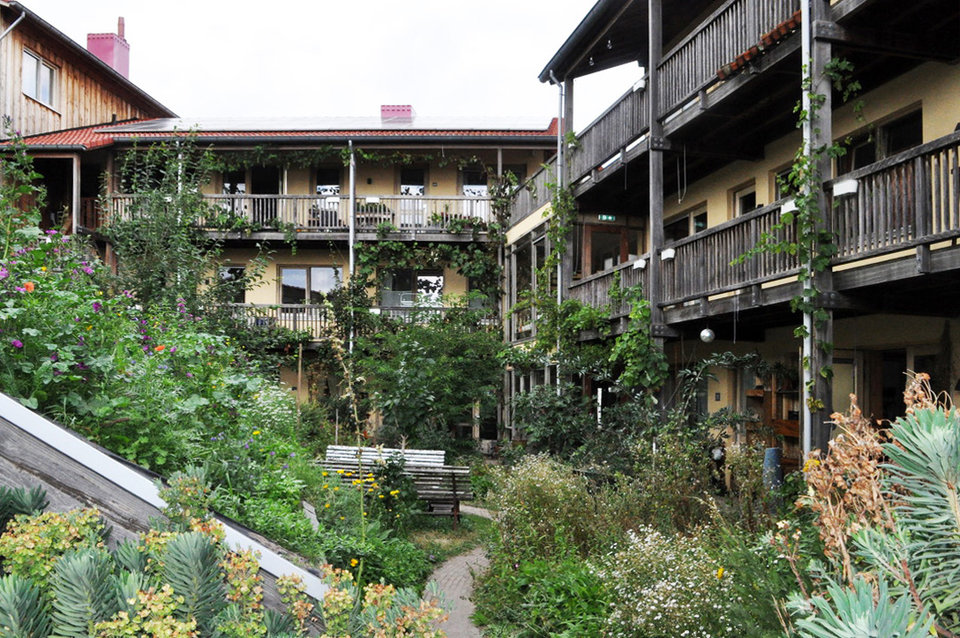It seems like such a good idea: for a transatlantic flight from, say, London, instead of a short transfer flight from Dusseldorf to Heathrow, you take a relaxing international train to London to fly on from there. And the return journey concludes in an equally relaxing manner - on the train. You’re also doing the environment a favour, because short flights are far more polluting per kilometre than long flights. Yet few travellers combine plane and train: too much uncertainty, too much hassle. What needs to be done to get passengers on the train for a transfer before or after a long flight? Delft Design master's student Rosa Hendrikx researched how passenger service can be improved, designed a service to combine international train journeys and flights, and graduated cum laude.
In light of emission guidelines, it is important that travellers choose other ways of traveling. Short-distance flights, of less than 750 kilometres, are relatively polluting because most CO2 is emitted during take-off and landing. As many as 40 percent of all flights are short haul and the passengers are mainly "transferring" from intercontinental flights... Are you still with us? Or have you zoned out with the mention of “emissions guidelines”? Understandable. When it comes to legislation on sustainable travel, it’s travellers - the main protagonists - who are all too often neglected - relegated to a walk-on role. Yet it’s ultimately travellers who have to choose a more sustainable way of travel and who are yet to be convinced. And that's a problem, not least because of the EU's ambition to replace short-haul flights with train travel.
For her graduation project, Rosa Hendrikx therefore focused on the travel experience. Why do so few travellers opt for a combination of air and rail travel - the so-called air-rail journey? And can the travel experience be improved in such a way that people do take the international train before and after a long flight, instead of taking the plane again?
Let's imagine a case or better still, a person, to get more insight into this way of travelling. Let's call him Louis and base him in Lille. Louis is a man in his early fifties with little travel experience. He has worked all his adult life in a small restaurant in the city centre. There he sees more and more tourists, but he has never been off the European continent himself. His younger sister has: she is ambitious and has a job as an architect in New York. We are allowed to travel again and he decides to go to see her for the first time. On his sister's advice, he takes the train to London and from there the plane to New York. Louis is very nervous about his trip.
Rosa: "At the moment it is almost impossible to choose an air-rail trip. The first problem travellers encounter is the booking process. They now have to book two separate trips : the train journey and the flight.” And that’s before you even consider accommodation. People do not have a good enough overview of the various steps of the journey and because the provider of the train journey and the provider of the flight do not work together, it is unclear who is responsible for the main protagonist - the traveller - and at what point. Rosa: "Can he, for example, ask the train staff a question about the flight?”
Rosa started with an assignment to improve the air-rail transfer at the airport. However, what became clear during her project is how big the gap actually is between air-air and air-rail journeys. If we want people to travel more by train within Europe instead of by airplane, the service level needs to be comparable or better. This is a very good example of the shift in our design education at TU Delft - from product design to service and systems design.” “2021 is the European Year of Rail, and from the European Commission, among others, there is (increasingly) a lot of focus on replacing short flights with train journeys. Rosa's project shows what it will take for that to happen: by starting with the desired experience of the passengers, and looking at the whole journey. Improving that experience doesn't necessarily require a lot of expensive new (physical) infra-structure, but it does require international cooperation by airlines, airports and rail companies to better integrate their services with each other.
Graduation supervisor Suzanne Hiemstra-van Mastrigt
A quiet cup of coffee
Louis has - with the help of his sister - cobbled together his journey: the first leg is by train aboard the Eurostar, before changing to the London Underground and the second leg – by plane - is with Delta Airlines. He has enough time to change trains and in theory there’s even enough time for a cup of coffee at Heathrow Airport. But he is nervous: what if the train is badly delayed? It’s clear that the plane won't wait.
“The transfer is a crucial point. If you take two flights, you’ll notice that everything is coordinated: there is a ‘transfers’ sign and you can go straight through. You don't have to check in your luggage again or navigate security for a second time,” says Rosa. The biggest fear of air-rail travellers is that their train will be delayed and they will miss the plane. Rosa: “And the flight is often a long journey to, for example, New York or South America. These are flights you really don't want to miss. The idea of being stuck in a train scares people off.”
For her research, Rosa interviewed passengers at Schiphol Airport, but also KLM and NS staff. In this way she learned about the sorts of problems with which travellers approach the staff.
She also interviewed international travellers from a range of countries in video interviews. These were in-depth interviews about travellers' experiences with train and air travel. After analysing the interviews, Rosa defined six types of travellers based on their needs: the determined survivor, the vulnerable rookie, the self-sufficient manager, the peaceful collaborator, the spontaneous adventurer, and the certainty seeker. These profiles are fluid models, she emphasises: travellers can have characteristics of multiple profiles and their needs can also differ from one trip to another: a work trip is different from a private trip.
The profiles have helped Rosa gain insight into the needs of travellers. Rosa: “The determined survivor, for example, wants the journey to be efficient: he wants a fast transfer via a fast lane. The peaceful collaborator doesn't need to be so fast: he wants a quiet drink on arrival and to get his bearings. Our Louis, a peaceful newcomer today, wants a relaxing journey, without stress and with a cup of coffee at the airport.”
Lack of cohesion
The current air-rail travel experience is incoherent – at each and every stage. Luggage is a hot topic: on an air-rail trip, you have to check it in again after transferring from train to plane. The two tickets also give the traveller the feeling of embarking on an incoherent adventure. Rosa: “That lack of coherence means that there is no guarantee that travellers will arrive at their final destination if something goes wrong. If people book a flight with a transfer, they do have that guarantee. Even if a flight is delayed, they are reassured in the knowledge that: I'll get there in the end.”
There is already a cooperation between KLM and Thalys for flights from Schiphol with Brus-sels as the departure point: they offer an integrated flight-train ticket. Rosa envisions a much broader collaboration. Under the name Air-Rail Alliance, she designed a concept for that collaboration, envisioning six destinations with high potential: London, Paris, Brussels, Dusseldorf, Frankfurt and Berlin. Because if air-rail travel is to be a success, mobility companies have to work together intensively, across international borders. Rosa: “The collaboration that I have designed consists of airlines and rail companies. For the traveller, it is important that they have one face, that the collaboration forms a whole and feels like a whole for the traveller. It’s only then that the traveller can be sure that everything will running smoothly. That he will arrive at his destination in case of delay, that his luggage will be checked in at the beginning of the trip, that the transfer will go smoothly. The traveller is then assured of a certain quality on air-rail routes.”
The routes would have to be tailored to the different types of travellers and their needs. In the future air-rail journey that Rosa designed, travellers can choose to change trains quickly, at a relaxed pace or have flexibility in their transfer time. For example, a determined survivor can change trains as quickly as possible, a relaxed collaborator can enjoy a cup of coffee, and a spontaneous adventurer can choose a flexible transfer of eight hours, so that he can visit London on the way. So the concept really revolves around the traveller.
But apart from this design, there are a few other things that are important, Rosa says: price and time, for example. “If a train journey cannot compete in price with a flight, I don't think it will work. If the travel time is much longer, it won't succeed in enticing travellers either.” Perception is an obstacle here, she says: “The reports that are out there show that the price of short air journeys and train journeys are comparable. In people's perception, that is not the case. This is also because long-haul flights are relatively cheaper. That makes a short connecting train journey seem expensive, which plays into the choice people make. In addition, you have to take into account all the travel time and effort to get to and from an airport, which is not listed as travel time on your ticket but which in many cases turns out to be lower when you travel by train.”
The mobility sectors are normally pre-occupied with known technical and managerial developments. Now that we need to work together more and be more creative in order to improve the sustainability of transport, this study provides an excellent illustration of the obstacles that need to be overcome for the passenger. You'll never get around to them if you continue to reason from the perspective of the transport company or the vehicle. In short: an eye-opener that will hopefully take us all further! That is what the passengers and the planet deserve.
Jan Verbeek - vice chairman branch association Netherlands Aerospace
One big system
Louis found the price of his train journey to Heathrow very reasonable. The travel time was not too bad and he had a relaxed train journey. Rosa: "People often compare the duration of a train journey with the time they spend sitting in an aircraft. A 45-minute flight from Paris to London then seems a lot quicker than a journey of more than two hours by train. But if you compare the door to door travel time, the flight is often not that much faster and a flight, with all the extra hassle of check-in and security, can even take longer than a train journey.” Rosa has included a trip scanner in her design that allows you to compare the travel time of air and train trips from door to door and immediately see the CO2 emissions of the trips. This allows travellers to make a fair comparison.
If people make an air-rail trip and there is a delay, that doesn't have to be a problem either, in Rosa's concept: “In the Air-Rail Alliance I envision, travellers are proactively helped if there are delays or if something goes wrong. In my design, I show that if the train to London is cancelled, causing you to miss your flight, the Air-Rail Alliance could even offer you a train to another major European Airport, so that you can still reach New York just as quickly with a flight. The train trips and flights form one big system.' For our Louis, that's still some time in the future, but if all that were to work, the whole perception would change, Rosa expects. “In ten years' time, people will say: why did we take the plane for such a short trip?”




